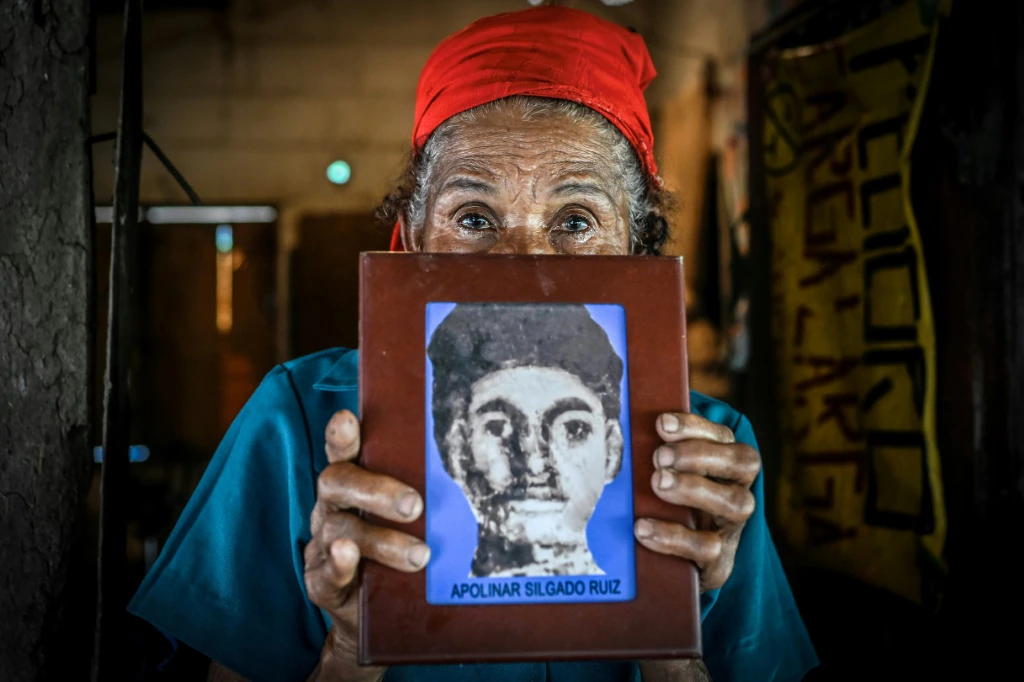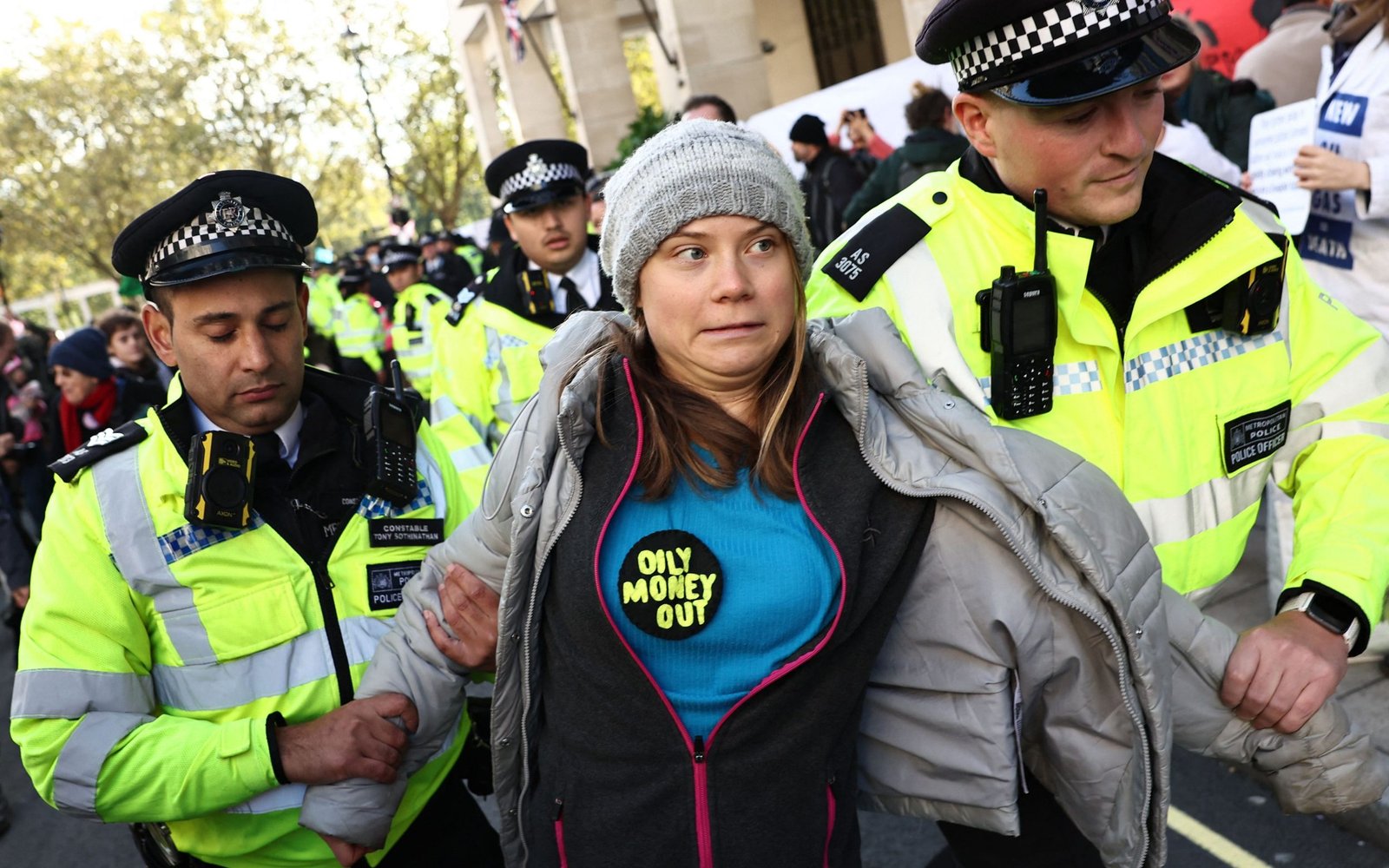After two decades of uncertainty, Soledad Ruiz finally received a small coffin containing the remains of her son, Apolinar, identified using DNA and the very sweater he wore when he disappeared. Holding a composite sketch of Apolinar, Ruiz’s face reflects the toll of grief and time.
In 1999, 25-year-old Apolinar left for work on a farm in San Onofre, never to return. At the time, the Caribbean region of Sucre was plagued by paramilitary groups involved in drug trafficking, extortion, and atrocities.
Ruiz initially believed her son had fallen victim to a paramilitary leader known for discarding bodies in a caiman-infested river. However, Apolinar’s remains were discovered elsewhere in San Onofre, confirmed through DNA comparison with his mother’s.
“I wanted him alive. I didn’t want him as he came,” said Ruiz, acknowledging the inevitability of her son’s fate as she prepared to bury what remained of him 24 years later.
Efforts to locate missing individuals in Colombia have intensified since the 2016 peace agreement with the Revolutionary Armed Forces of Colombia (FARC). The Search Unit for Persons Reported Missing (UBPD) has identified 1,256 bodies, with 104,000 more still missing.
Forensic challenges persist, with armed groups attempting to obstruct searches, clandestinely burying victims, and even dividing remains across multiple graves. Forensic anthropologist Hadaluz Osorio highlighted the difficulty in identifying victims, emphasizing the importance of translating the information gleaned from the deceased.
The Special Jurisdiction for Peace (JEP) has urged expediting the identification process to aid families in healing. While Ruiz finds some solace since Apolinar’s discovery, she awaits news of her younger son, Jose de los Santos, and her missing grandson, Jimy, expressing a desire for their return, “dead or alive.”
Jimy’s mother, Alba Silgado, holds onto hope, anticipating a call that could bring closure, even if it’s through the identification of a strand of hair or a fingernail.



